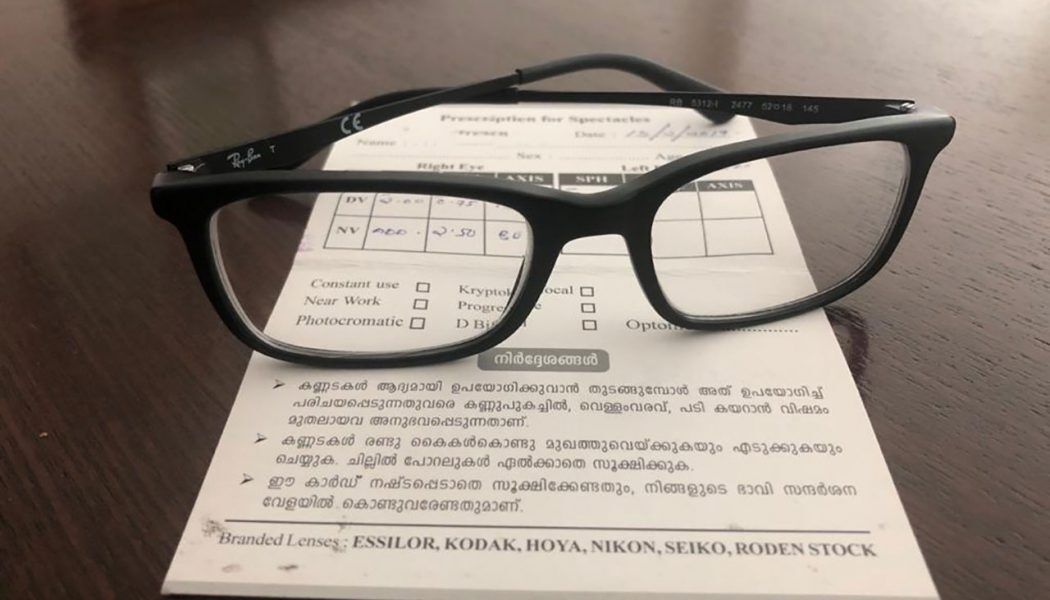An Optometrist or Ophthalmologist prescribes Corrective Lenses to correct the vision after examining the vision power in a number of ways. You may find that the prescription shows two types of lenses Spherical and Cylindrical depending upon the correction required for a normal vision. The lenses may be to correct Short Sight, Long Sight (or both) and for other vision problems. But what are these Spherical and Cylindrical powers?
Astigmatism
Before going into details of Spherical and Cylindrical powers/components, let us see some basics. We discussed in the first article Corrective Lenses – Basics about “Refractive Errors” which is the common eye problems. Astigmatism is a type of refractive error due to which the the eyes do not focus light evenly on the Retina. The result is a Blurred or Distorted vision. Persons with Astigmatism will complain about headache, strain on the eyes and difficulty in driving at night.
Convergence and Divergence
Convergence is the ability to turn our eyes inward towards each other while looking at close objects. Divergence is the ability to turn the two eyes outwards while looking at a distant object. It is the opposite action of Convergence.
When we look at very near objects, the eyes converge and when we watch the TV or Cinema in theaters, driving and read distant boards, the eyes diverge. This happens automatically. But when the eyes cannot converge or diverge as required, our vision gets blurred and therefore, to correct it we use Corrective Lenses.
In the prescription for a Corrective Lens, we can find the Spherical Component, Cylinder Component, Axis Component and other extra components depending upon the type of correction required. Out of these, every Corrective Lens prescription will have a Spherical Correction measured in Diopters.
Spherical Component
A Person having Long-Sight cannot see objects at short distances clearly. Due to this, such people hold news paper or books at a distance enabling them to read. For Long-Sight or Hyperopia, Convergent Powers are used. This will condense light to correct the issue and allow the person to read comfortably. Convergent Powers are positive.
Patients having Short-Sight cannot see distant objects clearly. For Short-Sight or Myopia, Divergent Powers are used. This spread out light to correct the vision and allow the person to have a better distant vision. Divergent Powers are negative.
Lenses are made out of Curved surfaces. A Spherical Lens has the same curvature in every direction perpendicular to its axis (called Optical Axis). Only Spherical Lenses are used for a patient without Astigmatism.
Cylindrical Component
Cylindrical Lenses are sections of a Cylinder. They focus an image passing through it into a line parallel to the intersection of the surface of the lens and the plane tangent to it. A Cylindrical Lens focuses light into a line instead of a point (Spherical Lenses).
Patients suffering from Astigmatism are usually prescribed with Cylindrical Lenses or Toric Lenses. A Toric Lens combines the effect of a Cylindrical Lens with that of a Spherical Lens. Normally a third component – the Axis Component can be found associated with Cylindrical Lenses. The Axis is the location of the Spherical and Cylindrical Powers.
We will look at more details of Corrective Lenses in the next article.
